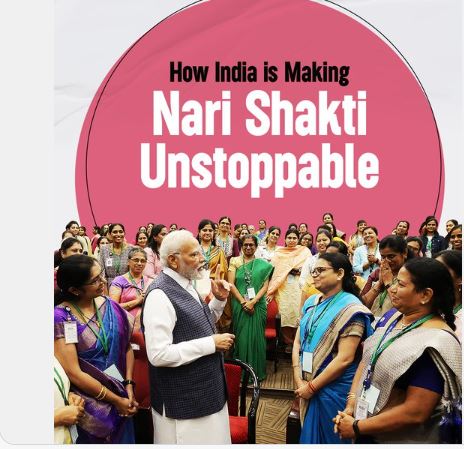Counterfeit Currency Notes
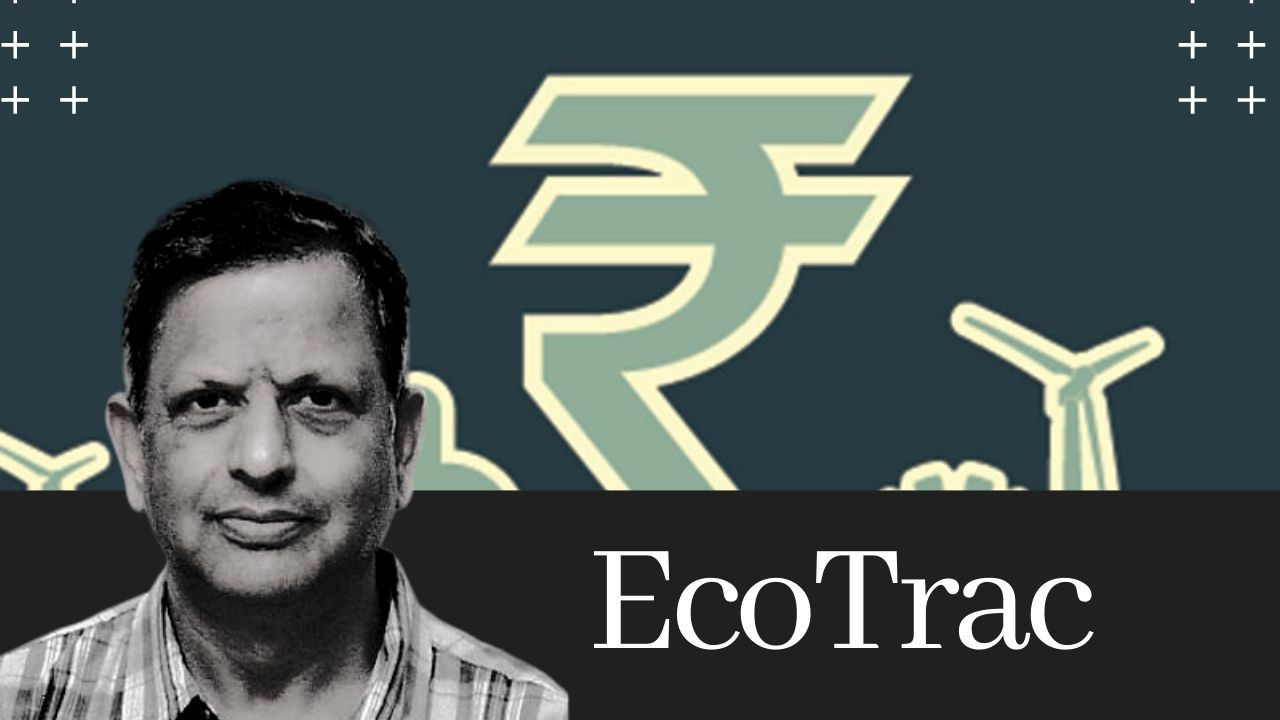
Quantitatively speaking, the menace of fake Indian Counterfeit Notes (FICNs) is at a low level. However, its qualitative implications are far more profound, as unfettered incidence would lead to public confidence in the payment system and its administering authorities crashing, which would be pernicious to the socio-economy. Therefore, everyone in general and those participating in the payment system in particular have to remain vigilant. Dr Manas R Das Counterfeit or forged money is no legal tender. As money evolved, so did counterfeiting. Even in the age of metal currency, counterfeiting was practiced. With technological advancement in printing arena, counterfeiting paper currency has become more accurate, easier and less costly. Historically, many hostile countries have indulged in counterfeiting the enemy country’s money to pull the latter’s economy down and create unrest there. Counterfeiting exists in all countries including the developed ones like USA, the UK, Canada, Australia and the EU. Printing and/or circulation of Fake Indian Currency Notes (FICNs) is an offence under Sections 489A to 489E of the Indian Penal Code. As per Section 39 of the Criminal Procedure Code, every person, aware of the commission of or the intention of any other person to commit certain offences, including those relating to counterfeiting of currency, is required to immediately give information about such commission or intention to the nearest magistrate or police officer. Number of Counterfeit Note Pieces Chart 1 presents the number of FICNs detected. {"id":73923,"width":592,"height":451,"sizeSlug":"large"} Number of FICNs detected increased during 2013-14 to 2016-17, i.e., the pre-demonetization period and declined drastically during the three post-demonetization years, i.e., 2017-18 to 2019-20. However, the number of counterfeit new Rs. 500 notes increased from 199 in 2016-17 to 9,892 in 2017-18, to 21,865 in 2018-19 and to 30,054 in 2019-20. Second, the number of counterfeit Rs. 2000 notes increased from 638 in 2016-17 to 17,929 in 2017-18 and to 21,847 in 2018-19, but declined to 17,020 in 2019-20. Third, the number of counterfeit Rs. 200 notes jumped from 79 in 2017-18 to 12,728 in 2018-19 and to 31,969 in 2019-20. The surge in the newly introduced notes, post-demonetization, should cause concern. Following empowerment of banks and their branches, now almost all FICNs are detected at the level of banks other than RBI. This has resulted in more and more FICNs being ‘caught’ rather than slipping into circulation. Incidence of FICNs Detected Incidence of counterfeit notes has been measured by detected counterfeit note pieces per million of Notes in Circulation (NiC). Table 1 presents the relative data. {"id":73924,"sizeSlug":"large"} Incidence of counterfeits remained low. In total, it generally increased during the pre-demonetization period and declined thereafter. Also by value, FICNs detected remained low, and, in terms of percentage to total value of NiC, it was minuscule. In order to leash counterfeits, technological capability and institutional arrangements to detect FICNs have been enhanced at the bank branch level. At RBI level, the emphasis has been on (a) strengthening the security features of currency notes and (b) launching awareness campaigns in the media to sensitize people as to how to detect FICNs. Over time, legal procedures for dealing with cases of forged notes have been simplified so that innocent public bringing the cases into notice are not harassed. Overall, quantitatively speaking, the menace of FICNs is at a low level. However, its qualitative implications are far more profound, as unfettered incidence would lead to public confidence in the payment system and its administering authorities crashing, which would be pernicious to the socio-economy. Therefore, everyone in general and those participating in the payment system in particular have to remain vigilant. About the Author:Dr. Manas R. Das is a former senior economist of State Bank of India. He has over 30 years of experience as an economist in two large commercial banks. Academically, he is a gold medallist in Bachelor of Arts with Economics Honours from Utkal University, followed by Master’s in Economics from Delhi School of Economics and Doctorate in Economics from Gokhale Institute of Politics and Economics. He is also a Certified Associate of Indian Institute of Bankers. He has won several awards, besides being a prolific writer.
Latest News
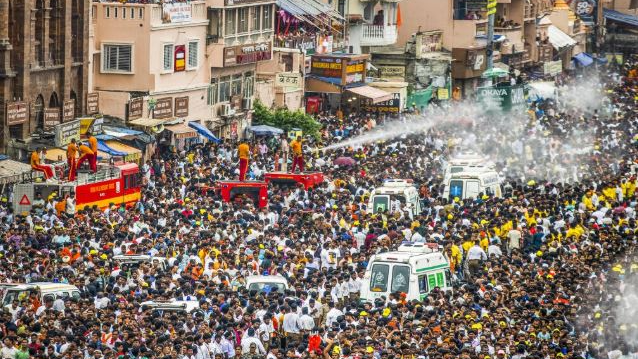
Puri Rath Yatra stampede: Administrative probe...
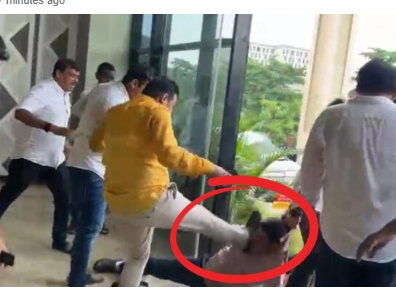
OAS officers to go on mass leave from tomorrow...

Puri Rath Yatra: 1st Adapa Mandap Mahaprasad p...
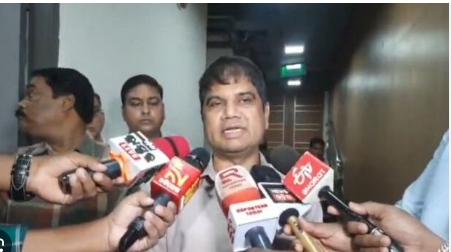
OAS Association denounces attack on BMC Additi...
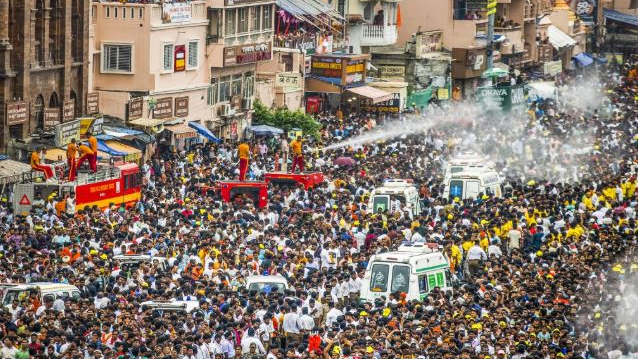
Puri Rath Yatra stampede: OSHRC issues notice...

The Sacred Adapa Darshan at Gundicha Temple to...
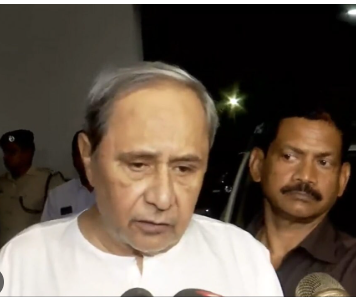
Naveen Patnaik condemns brutal assault on BMC...
Copyright © 2024 - Summa Real Media Private Limited. All Rights Reserved.














